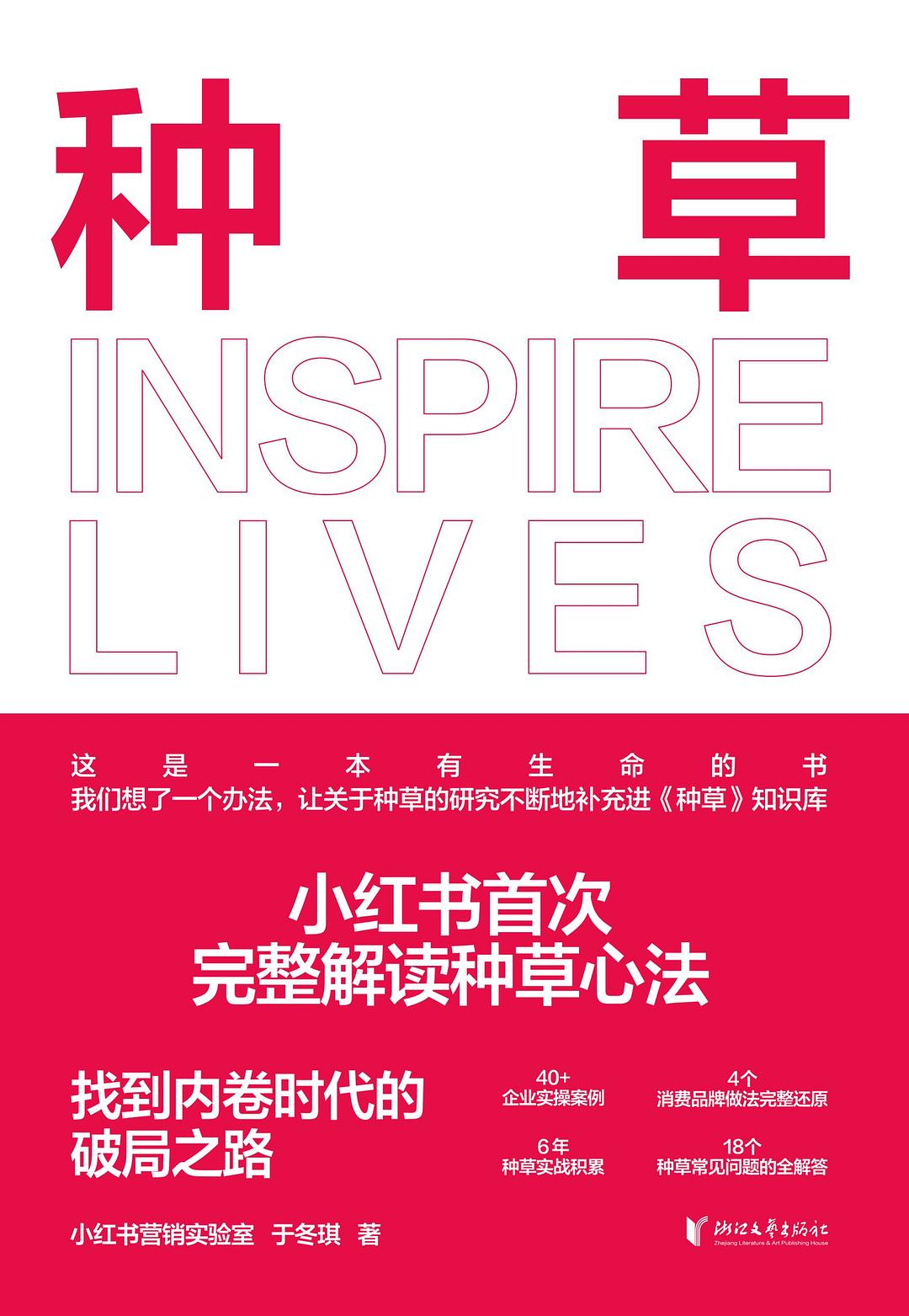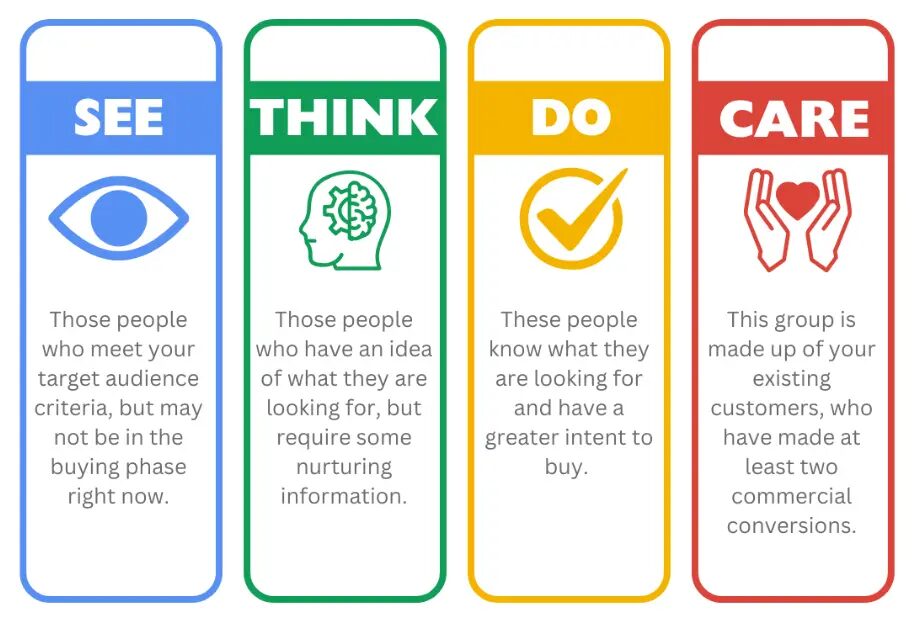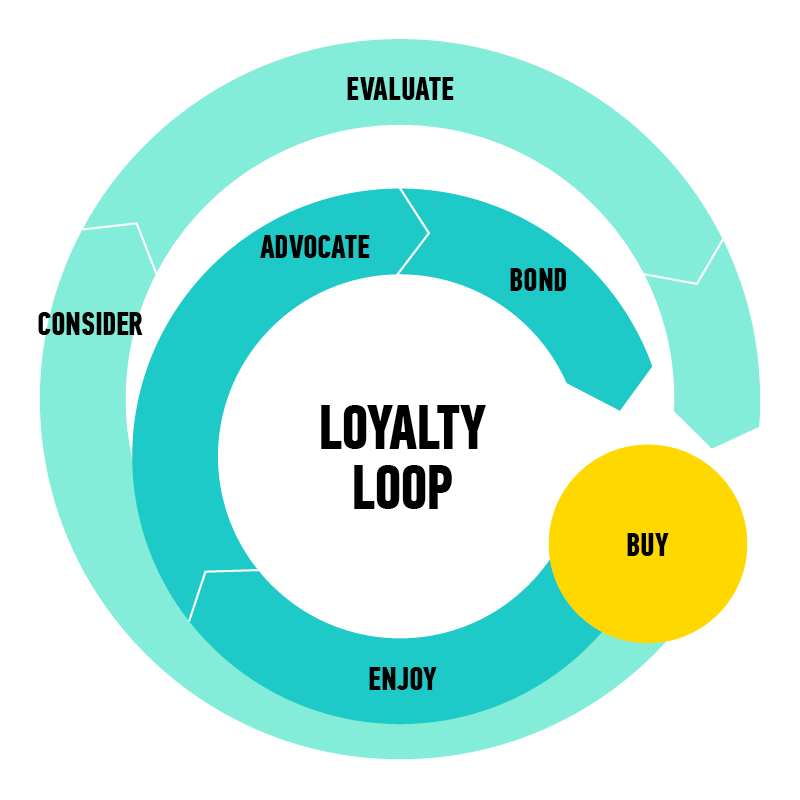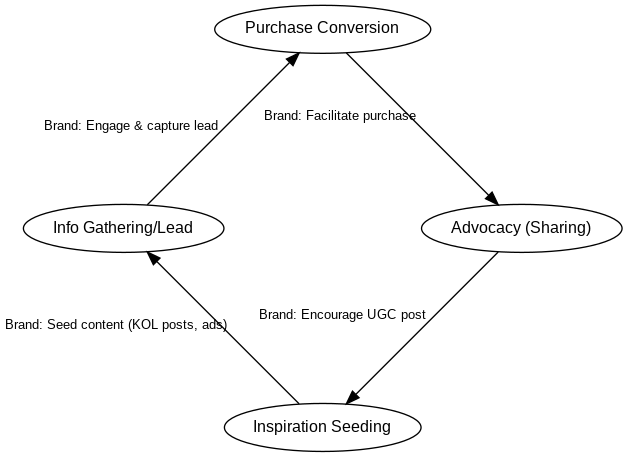
Introduction – The Hype of 《种草》: If you’ve heard the buzz about “planting grass” (种草) in marketing, you’re not alone. It’s the centerpiece of a recent book 《种草》 – co-authored by Xiaohongshu’s marketing lab with none other than Philip Kotler lending theoretical support – which bills “种草营销” as the third paradigm of modern marketing. The book is packed with 40 case studies and even introduces a shiny “new” definition of 种草: essentially helping people sincerely, finding solutions for their aspirational life, so businesses achieve sustained success. Grandiose much? A business-savvy reader might raise an eyebrow, because behind the glossy new terminology lies a concept we’ve seen before. In fact, one marketing professor candidly notes that the essence of this so-called “planting grass economy” is simply “people influencing people”. Indeed, the term “种草” has been slang in Chinese internet lingo since the early 2010s for the process of being enticed by others’ posts to want a product. In plainer terms, 《种草》 repackages familiar ideas about the consumer journey and social influence – old wine in a new Little Red bottle. But that doesn’t mean it’s not worth dissecting. Let’s peel back the layers of buzzwords and see how Xiaohongshu (a.k.a. Little Red Book) has perfected these classic marketing principles in practice.

The book 《种草:INSPIRE LIVES》 promises fresh marketing insights, but savvy readers might experience a sense of déjà vu. Its glossy cover and bold title (“Planting Grass: Inspire Lives”) exude innovation, yet the content inside echoes familiar marketing mantras.
A Familiar Journey from Awareness to Action (AIDA Reinvented)
At its core, Xiaohongshu’s magic is just the classic customer journey on steroids. The time-honored AIDA model – Awareness, Interest, Desire, Action – is perhaps the best-known marketing framework, and Xiaohongshu executes it in a uniquely social-media-driven way. Traditionally, AIDA describes how a consumer moves from first learning about a product to developing interest, then desire, and finally taking action to purchase. What’s changed in the Xiaohongshu era is who drives those stages. It’s no longer just brand ads pushing the consumer along; social media communities now inject each step with peer influence. On Xiaohongshu, a random user’s post about a great niche lipstick or a hidden hiking trail can create Awareness among thousands. The detailed reviews and real-life photos in the post build Interest, as others start saving the post and thinking “maybe I should try this.” When enough people chime in with comments (“This looks so good!”) and the product or place gains trending status, it stokes Desire – the item goes on everyone’s wish list, the destination on everyone’s itinerary. Finally, Xiaohongshu makes Action easier by integrating e-commerce and links: users can often click straight to a purchase page or find the exact product in the app’s shopping feature. The platform’s seamless blend of content and commerce is explicitly designed to collapse the distance between seeing something and buying it. In fact, with the launch of the RED Mall, users can discover a product in a post and immediately purchase it without leaving the app, then come back and share their own review – fully closing the loop within the community. In short, Xiaohongshu’s whole model takes the AIDA funnel and turbocharges it with user-generated content: awareness is organic, interest is communal, desire is stoked by social proof, and action is one tap away.

To illustrate, consider a consumer electronics gadget on Xiaohongshu. Rather than encountering a banner ad, a user might stumble on a viral post from someone raving about a new portable blender. That post grabs attention with an eye-catching demo video (Awareness) and provides a mini-review of how it improved their daily smoothie routine (Interest). The comments are full of folks tagging friends and saying “I need this!” (Desire – peer affirmation at work). Conveniently, the post has a link or mentions that the blender is available via Xiaohongshu’s shopping tab or an official store, so intrigued readers can immediately click to buy (Action). This journey feels natural, even conversational – like getting a recommendation from a friend – yet it maps neatly onto AIDA. As marketing guru Kotler would remind us, the fundamentals of consumer psychology haven’t changed; the players influencing those fundamentals have. On Little Red Book, “friends and influencers” are the new ad copywriters, guiding followers from awareness to purchase through relatable content. It’s AIDA, but with a hundred mini-recommendations doing the job of one big ad.
See-Think-Do-Care: Meeting Consumers at Every Stage (and Keeping Them There)
Beyond the initial funnel, successful modern marketing extends before and after the purchase – which is where models like Google’s See-Think-Do-Care (STDC) and McKinsey’s loyalty loop come in. Xiaohongshu excels here as well by engaging consumers at all stages of their journey, not just until they hit “buy.” In Avinash Kaushik’s STDC framework, the “See” stage is the largest audience with a latent need (not actively shopping, just browsing inspirations), “Think” are those starting to consider or research, “Do” are ready-to-buy actors, and “Care” represents post-purchase relationship building and loyalty. How does Xiaohongshu play into this?

- See: The platform is an endless discovery engine. Users in the “just looking for ideas” mindset scroll a personalized feed of lifestyle content, travel vlogs, fashion look-books, you name it. They might not have a specific purchase in mind (no defined intent yet), but Xiaohongshu plants seeds. A user killing time might see a photo album of weekend getaways or a makeup tutorial and think “Oh, that’s interesting.” Here, Little Red Book captures attention at the earliest stage, much like the “See” audience framework suggests – even before the user consciously knows what they want.
- Think: Now suppose that casual browser has been inspired – she spotted a handbag in someone’s outfit post and is intrigued. She moves into research mode: looking up that product, reading multiple Xiaohongshu notes (posts) reviewing similar bags, comparing options. Xiaohongshu’s powerful search and algorithm (with 60% daily user search penetration on the app) means users actively seek information on the platform. At this “Think” stage, the app provides abundant peer-generated content to inform and persuade. Users save posts, follow discussion threads, maybe ask questions in comments – effectively using Xiaohongshu as a social search engine to evaluate their budding desire.
- Do: When it comes time to act (make a purchase or booking), Xiaohongshu smooths the path. The integration of the RED Mall and outbound links allows a quick move from inspiration to transaction. See a cool gadget? There’s likely a “buy now” or “link in bio” available. Interested in a travel destination? Users might find package tour links or at least enough info to immediately plan a trip. The platform often doesn’t even need to directly sell the item (for instance, many Xiaohongshu-inspired purchases happen on Tmall or Taobao after users discover things on RED), but crucially it has guided the user right up to that point. By covering the “Do” stage, Xiaohongshu ensures the handoff to commerce is frictionless – a user can go from coveting a product in a post to ordering it within minutes. It’s no surprise that content on Xiaohongshu drives significant off-platform sales; Perfect Diary, for example, sees most of its Tmall revenue driven by Xiaohongshu content funneling shoppers to Tmall.
- Care: Here’s where Xiaohongshu truly shines and where many traditional funnels fall flat. After purchase, most brands struggle to keep customers engaged except via support emails or loyalty programs. Xiaohongshu, however, pulls customers back into the community. New buyers often return to the app to post their own reviews, unboxings, or “haul” photos, contributing right back to the content ecosystem. This completes what McKinsey calls the “loyalty loop,” where a satisfied customer skips the next cycle of consideration and directly advocates for the brand. By sharing their positive experience in a Xiaohongshu note, a customer becomes an influencer for the next person’s journey. In marketing terms, the post-purchase content on RED locks customers into a virtuous loop of advocacy – they feel part of a community, and their content generates new awareness and social proof, which spurs the next wave of consumers. McKinsey’s research emphasizes that keeping customers in this loop is critical to driving both advocacy and repeat sales. Xiaohongshu’s community design practically nudges users to do exactly that – to go from buyer to ambassador. This “Care” stage is not altruistic; it’s strategy. When someone who just bought a face cream comes back to gush about it on RED, they are reinforcing the brand’s message more credibly than any ad, and likely persuading dozens of onlookers. In effect, Xiaohongshu has engineered a self-sustaining loyalty loop: inspire – convert – and let the converted inspire others.

Influencers and Social Proof: Why “People Influencing People” Works
Central to Xiaohongshu’s effectiveness is the leverage of influencer marketing and social proof at scale. As the book 《种草》 correctly identifies, “people influence people” is the driving force – a concept as old as marketing itself (think word-of-mouth), supercharged by today’s social networks. The theory behind influencer marketing is that consumers trust recommendations from other people more than messages directly from brands. This is not just theory – it’s backed by data. One survey found 61% of people trust recommendations from friends, family, or influencers on social platforms, versus only 38% who trust brand posts. In other words, a makeup tutorial from a friendly blogger or a travel vlog from a peer is more convincing than the slickest corporate ad. Xiaohongshu capitalizes on this trust gap. Approximately 90% of the content on RED is user-generated – real people sharing experiences – which creates an atmosphere of authenticity. Users perceive the platform’s content as genuine personal testimony rather than marketing spin. This aligns perfectly with what social psychologist Robert Cialdini termed “social proof”: we look to others’ behavior and opinions to decide our own. When we see thousands of Xiaohongshu notes praising a new restaurant or showing off a skincare product’s results, we subconsciously register that as proof of its value.
The power of social proof on Xiaohongshu can be dramatic. Chinese consumers are up to 4× more likely to make a purchase based on social media recommendations and peer reviews than without them. This effect underpins phenomena like the “种草” craze – once enough people post about a cool find, it triggers a herd impulse of “I want it too.” Xiaohongshu’s design amplifies this: the app’s algorithms often surface popular “notes” to more users, creating a virtuous cycle where popular content gets even more visibility (and thus more persuasive power). Comments and engagement metrics (likes, saves) serve as quantitative social proof – a note with 10,000 saves screams “this is worth checking out.”
Influencer marketing theory also plays out in a unique way on Xiaohongshu. Rather than relying only on celebrity influencers with huge followings, brands have learned that micro-influencers and even ordinary users (KOCs – Key Opinion Consumers) can be just as, if not more, effective on this platform. Perfect Diary’s meteoric rise in China’s beauty market is a case in point. Instead of pouring budget into one mega-star endorsement, Perfect Diary collaborated with over 150 KOLs (Key Opinion Leaders) of varying sizes in a single campaign, from a few hundred followers to hundreds of thousands. This “pyramid of influencers” strategy blanketed Xiaohongshu with authentic content about their products. The result? By late 2018, Perfect Diary surpassed L’Oréal to become the #1 cosmetics brand on Tmall, even achieving ¥10 billion RMB in sales within 1 hour 28 minutes on Singles’ Day – a feat largely attributed to the buzz built through social platforms like RED. On Xiaohongshu alone, Perfect Diary’s account amassed over 1.7 million followers and 110,000 community posts (“notes”) mentioning the brand. Each of those notes is essentially a micro-advertisement from a real user. Consumers scrolling RED would constantly encounter peers (or micro-influencers) showing off Perfect Diary lipsticks in everyday contexts, which feels less like advertising and more like friends sharing a find. This created a sense that “everyone is using it,” a classic social proof trigger. As a DHL case study noted, followers watching their favorite KOLs on Xiaohongshu could see what their idols are buying and immediately follow suit so they don’t miss out – a fear-of-missing-out dynamic that turns influence into instant action.
The key point here is authenticity at scale. Micro-influencers tend to have higher engagement and trust; their recommendations come off as genuine since they’re more like “people like me.” On Xiaohongshu, these micro and nano KOLs thrive, and users actually find them more trustworthy than brand advertisements. By flooding the platform with content from many relatable voices, brands create an overwhelming sense of consensus. It’s influencer marketing closely intertwined with social proof – each ordinary user’s review is both an influence attempt and a validation to others.
And it’s not just cosmetics. This playbook is widespread: fashion brands send products to dozens of small fashionistas on RED; electronics brands seed devices with tech enthusiasts to post unboxings; even local coffee shops invite food bloggers for reviews. The result is a constant stream of “real people” content that influences purchasing decisions. It’s essentially word-of-mouth on digital steroids. In classic marketing theory, we’d call this a form of WOM (word-of-mouth) and referral behavior, known to be one of the most credible forms of marketing. Xiaohongshu has industrialized WOM – turning customer-to-customer influence into an engine that big brands can systematically cultivate.

Community-Driven Commerce: Case Studies from Little Red Book and Beyond
All these theories – funnels, loyalty loops, social proof – come together in what we can call community-driven commerce. Xiaohongshu exemplifies how a passionate user community can directly drive sales and business outcomes. It’s a model where content, conversation, and commerce blend. Let’s look at a couple of vivid case studies that show these dynamics in action:
- Perfect Diary’s “Grass Planting” Success: We’ve already touched on Perfect Diary, but it’s worth zooming out on why it worked so well on RED. As a digitally-native cosmetics brand, Perfect Diary understood that young consumers in China weren’t discovering products through TV ads or billboards – they were on Xiaohongshu, browsing makeup tutorials and haul videos. So Perfect Diary oriented its entire marketing strategy around the community. They created a swarm of content: thousands of Xiaohongshu posts via hired KOLs and organically inspired customers. Every new product launch was preceded by a wave of notes “planting grass” in users’ minds – from top-tier beauty influencers down to college students sharing a lipstick swatch. This saturates the Awareness and Interest phase (AIDA) through peer content. By the time the product is officially released, so many people have “heard” about it on RED that the Desire is already in place – leading to record-smashing sales on e-commerce platforms on day one. And after purchase, guess what many of those buyers do? They post their own rave reviews or makeup looks using the product, feeding back into the community content pool (the Loyalty/Advocacy loop). It’s a self-perpetuating cycle. One might argue Perfect Diary’s real genius was building a brand that lives in the social community rather than just using social media as an appendage. The result was not only short-term sales spikes but also a lasting presence: even today, browsing Xiaohongshu for beauty tips will inevitably surface Perfect Diary mentions, keeping it in the consideration set for new consumers. In marketing terms, Perfect Diary turned customers into a volunteer salesforce on RED – an outcome any brand would covet.


- Travel and Tourism – Hong Kong’s New Hotspots: It’s not only products that benefit from the Xiaohongshu effect – destinations and experiences do, too. A striking example is how Hong Kong tourism has been reshaped by community recommendations. Traditionally, Mainland Chinese tourists went to Hong Kong for luxury shopping and hit the major sights. But recently, Xiaohongshu posts have started a new trend of off-the-beaten-path exploration. On the app, hashtags like “Hong Kong in a Day” amassed over 54 million views as influencers and users share ultra-detailed itineraries for experiencing the city cheaply and uniquely. These posts include maps, hidden local eateries, transit tips – effectively travel guidebooks created by peers. As a result, spots that would never make a traditional guidebook have become viral attractions. One famous case is a mundane footbridge in Mong Kok overlooking a minibus terminus, next to some old neon signs. Hardly the Peak Tram or Disneyland – yet after being featured in numerous Xiaohongshu photos (for its gritty, retro Hong Kong vibe), this ordinary footbridge turned into a must-visit photo spot for young tourists. You could see Mainland visitors lining up to snap that exact shot they saw on RED. Similarly, entire neighborhood streets, obscure cafes, and hiking trails have found fame via Xiaohongshu “grass planting.” The Hong Kong Tourism Board even partnered with Xiaohongshu KOLs to promote new attractions, recognizing that a candid post on RED can have more impact on Gen-Z travelers than a traditional ad campaign.
- Global Travel Trends via RED: It’s not just Hong Kong. Across Southeast Asia, entrepreneurs have noticed a wave of Chinese tourists coming to places they discovered on Xiaohongshu. In one report, tour operators in Indonesia and Laos described how previously obscure locales suddenly saw influxes of Chinese visitors after going viral on Little Red Book. For example, the remote Ijen Volcano in East Java, which spews toxic sulfur smoke and required visitors to wear gas masks, was never on Chinese tour group agendas. Then Chinese travelers started posting dramatic sunrise photos from its crater on RED, dubbing it a bucket-list experience. By 2023, nearly 60% of one Indonesian guide’s clients were Chinese tourists who found him on Xiaohongshu, almost all insisting on visiting that volcano after seeing those posts. In effect, Xiaohongshu’s community turned an offbeat, even onerous journey (hiking at 4am in gas masks!) into a trendy adventure. This is community-driven commerce in tourism: no travel agency could have concocted that – it happened organically via peer-to-peer inspiration. We see similar cases in Europe: a random café in Paris or a street art corner in Budapest becomes a hit with Chinese tourists because a Xiaohongshu note went viral. It’s the “TikTok made me buy it” phenomenon translated into “Xiaohongshu made me go there.” User communities are literally reshaping consumer behavior patterns – which is exactly what all those frameworks predict when the conditions (social proof, easy info sharing, etc.) are right.
- Luxury and Lifestyle Brands: Even high-end brands are riding the community commerce wave, albeit carefully. Take Dior, the French luxury house. Dior ran a campaign on Xiaohongshu for its Prestige skincare, collaborating with a handful of travel and lifestyle influencers to create content around a new product launch in China. They allowed influencers creative freedom to present the product in authentic ways, trusting the community vibe. The result: over 3 million views on RED across just 5 influencers’ content, a positive brand image boost, and plenty of user discussion. For a luxury brand known for exclusivity, embracing community content might seem risky, but Dior saw that even affluent Chinese consumers are swayed by seeing peers talk about a product rather than just glossy ads. The “community flywheel” that McKinsey describes – where brand advocates generate conversation, which leads to engagement and sales – clearly applies up and down the price spectrum. Whether it’s budget cosmetics or luxury skincare, the fundamental is the same: if you get people talking about and sharing your product in an online community, you’ve essentially built a self-driven marketing engine.
In all these cases, Xiaohongshu’s role was not to overtly “sell” in the traditional sense; it provides the platform and fuel for consumers to sell to each other. This is community-driven commerce defined. Each user-contributed story or review becomes part of a larger narrative that influences what others buy, where they go, and which brands win their loyalty. It’s a reminder that in the digital age, the crowd in the community holds immense sway over commerce. Brands that understand this craft strategies to encourage and shape the community conversation (as Perfect Diary and others did), while those that ignore it risk missing out on where the real decision-making is happening.
Closing Thoughts: So, does 《种草》 reveal a marketing revolution? In a sense, yes – but not because “planting grass” is a radically new theory. It’s because platforms like Xiaohongshu have operationalized those timeless concepts of consumer psychology (awareness-to-action funnels, loyalty loops, social proof) in a way that feels organic and unstoppable. The book essentially gives a trendy name to what savvy marketers are already doing: putting the consumer at the center, leveraging peer influence, and nurturing communities that blur the line between enjoying content and making purchases. Xiaohongshu just happens to be a masterclass example of these principles in action.
Finally, it’s worth noting that the rise of community-centric platforms has given birth to new tools and services to help brands navigate this space. Tocanan’s AI-powered consumer insights helps businesses decode trends from social media and influencer communities. By using AI to sift through hundred of thousands of “grass planting” posts, We can spot what consumers are buzzing about and provide actionable intelligence. It’s a minimalist, professional solution built for an era when understanding online community dynamics is key to business success. In the end, whether you call it 种草, social commerce, or community flywheel, the takeaway for brands is clear: listen to your consumers, let them do the talking for you, and you might just reap a bumper harvest from all the grass you helped plant.
